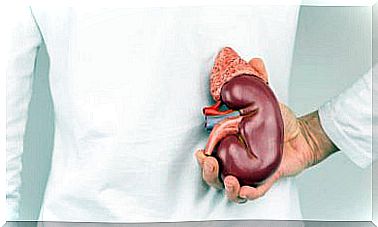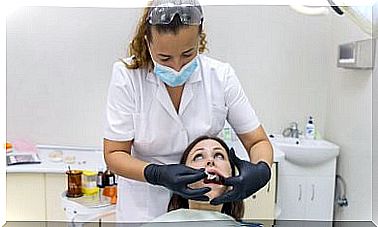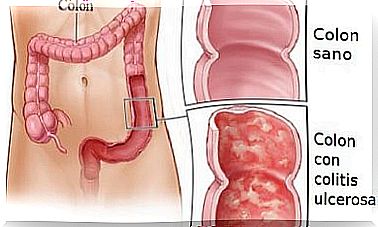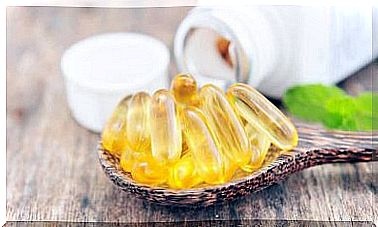Chalazion: Everything You Need To Know
Among the most frequent inflammatory eye diseases, the chalazion stands out, which is produced by an obstruction in a group of glands. Find out how to prevent and treat it.
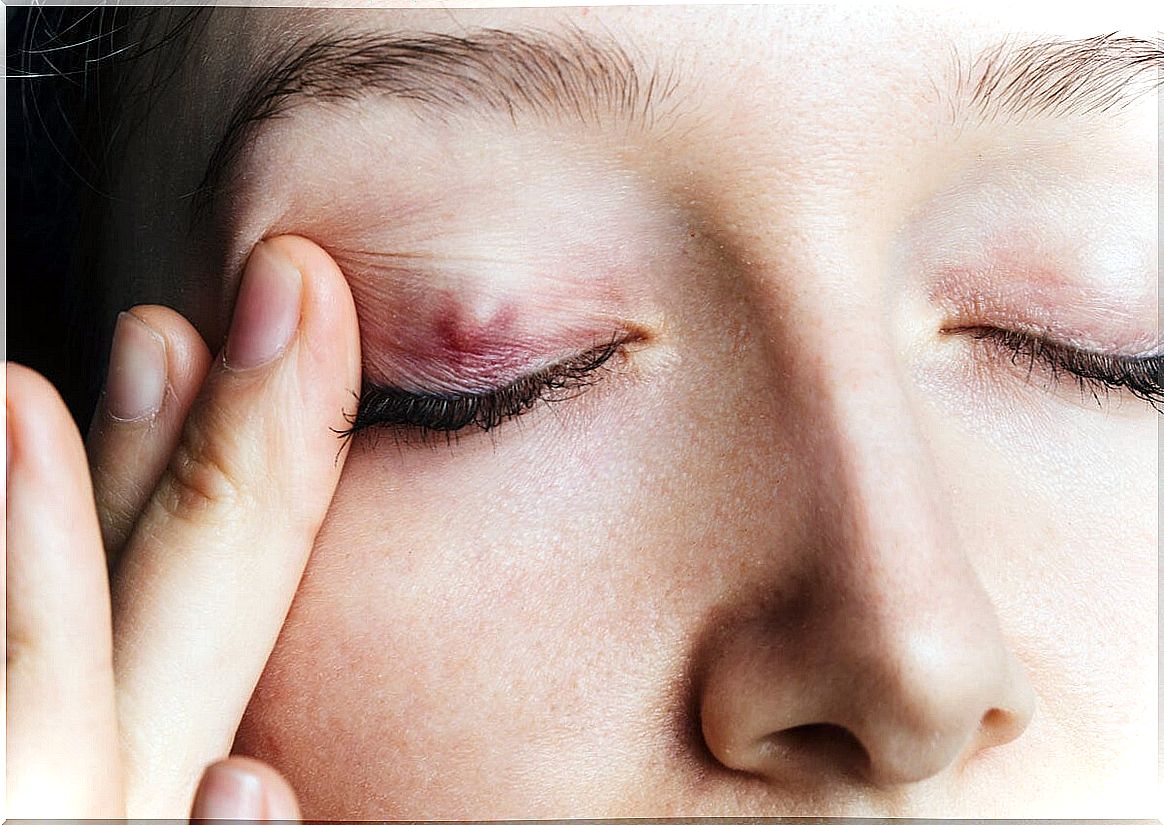
Swellings at the eyelid level are usually very annoying and make daily development difficult. In this sense, the chalazion is one of the two conditions that cause these small eyelid lumps in most cases. Here is everything you need to know about it.
This alteration is described as a small inflammatory process originating in the eyelid that is usually accompanied by redness. Similarly, it is the product of non-infectious occlusion or obstruction of the drainage ducts of the meibomian glands.
For their part, the meibomian glands are small sebaceous structures located behind the eyelid and responsible for the secretion of lipids that lubricate the eye. Therefore, any alteration that increases the quantity or viscosity will increase the risk of developing chalazion.
Differences between chalazion and stye
A stye is an acute and painful protrusion on the eyelid resulting from an infectious process or the complication of another pathology, such as blepharitis. On the other hand, patients with chalazion rarely manifest pain or tenderness around it and its origin is usually non-infectious.
Similarly, the stye is located at the level of the lid margin, due to the occlusion of the Zeiss or Moll glands. However, the chalazion is usually located in the body of the eyelid due to occlusion of the meibomian glands.
Styes often cause inflammation of the entire eyelid and resolve spontaneously in less than a week. On the other hand, it is very rare for a chalazion to cause a generalized inflammation of the eyelid and it subsides in 2 to 8 weeks.
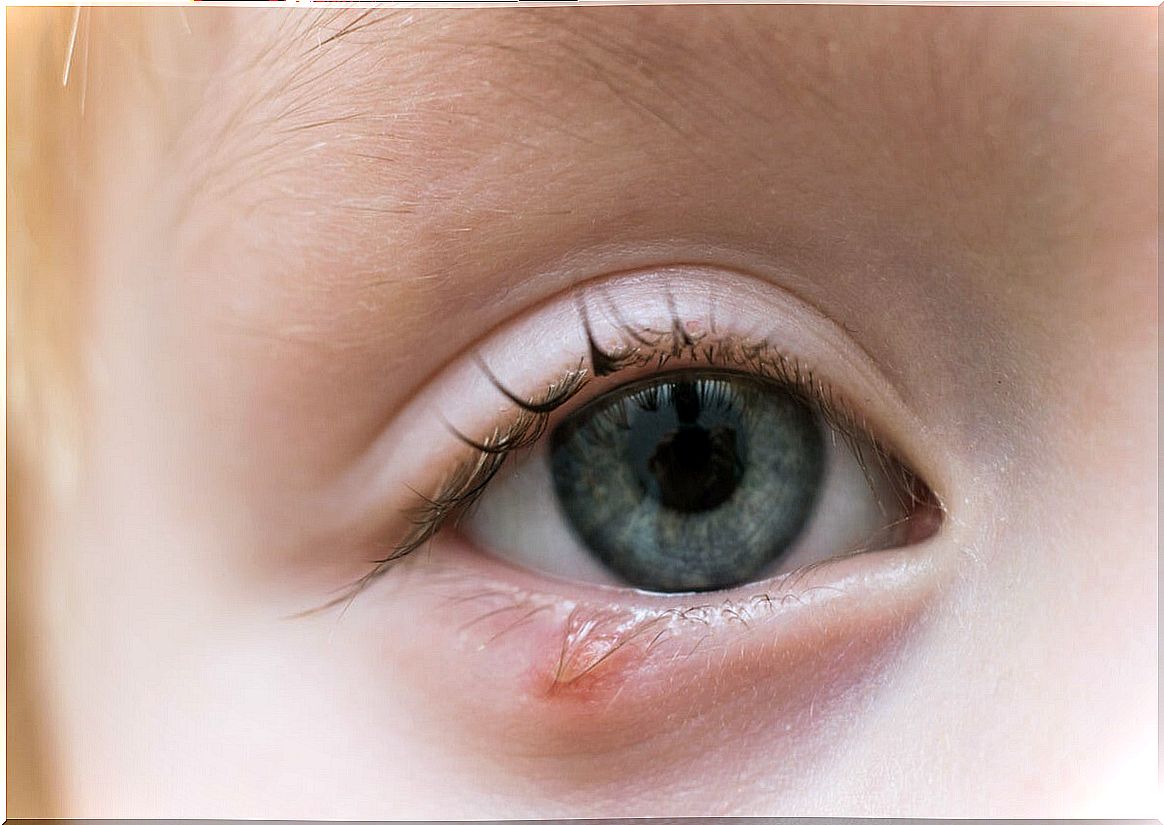
Causes of chalazion
The protuberance of a chalazion is formed by the retention of lipid secretions from the meibomian glands due to an obstruction of their excretory ducts. This occlusion is of inflammatory origin, due to a direct alteration or dysfunction of the glands.
Among the main causes, the following stand out:
- Dusty environment.
- Rosaceous acne.
- Gland dysfunction.
- Seborrhea.
- Anxiety.
- Dyslipidemia
- Diabetes.
- Allergies
However, infectious etiology should not be ruled out, despite its low frequency. It is estimated that the main agents responsible for ocular infections are those belonging to the staphylococcal family.
Symptoms of a chalazion
This alteration is characterized by the presentation of a palpable and painless nodule or lump on the upper or lower eyelid. At first, it usually appears as a generalized inflammation of the eyelid and then settles in the center or body of the eyelid after a couple of days.
Similarly, it is usually accompanied by redness and a sensation of heat in the area. Also, depending on its size and location, it can enter the cornea and alter vision, causing eye strain and blurred vision.
Medical treatments
Therapeutic management is aimed at controlling the symptoms and guiding the favorable evolution of the chalazion. In this sense, specialists recommend the use of hot compresses in the area for 5 to 15 minutes, 2 to 3 times a day, seeking to generate the cessation of the obstruction.
On the other hand, the doctor may choose to administer corticosteroids, such as cortisone or triamcinolone, if it is large, unsightly and lasts for more than 2 weeks. In addition, if it does not remit and it exacerbates the visual symptoms, curettage and surgical drainage with local anesthesia can be used.
The use of antibiotics must be at the discretion of the specialist in case the lesion is of infectious etiology. Only the doctor is able to determine the benefits and disadvantages of each drug.
Tips for caring for a chalazion
Home care is focused on maintaining the hygiene of the eyelid and using methods that help unblock the occluded glandular ducts. For this we can resort to the application of wet compresses a couple of times a day and massage techniques of the lump.
The first thing to do is wash both hands very well with soap and water before touching the area. Then we will proceed to make small circular movements with the tips of the index or middle fingers for a maximum of 5 minutes.
It is important to avoid applying pressure or rubbing for a long time, as it can lead to inflammation and infection of the area, making symptoms worse. Similarly, the use of any topical or oral pharmacological substance must be under strict medical supervision.
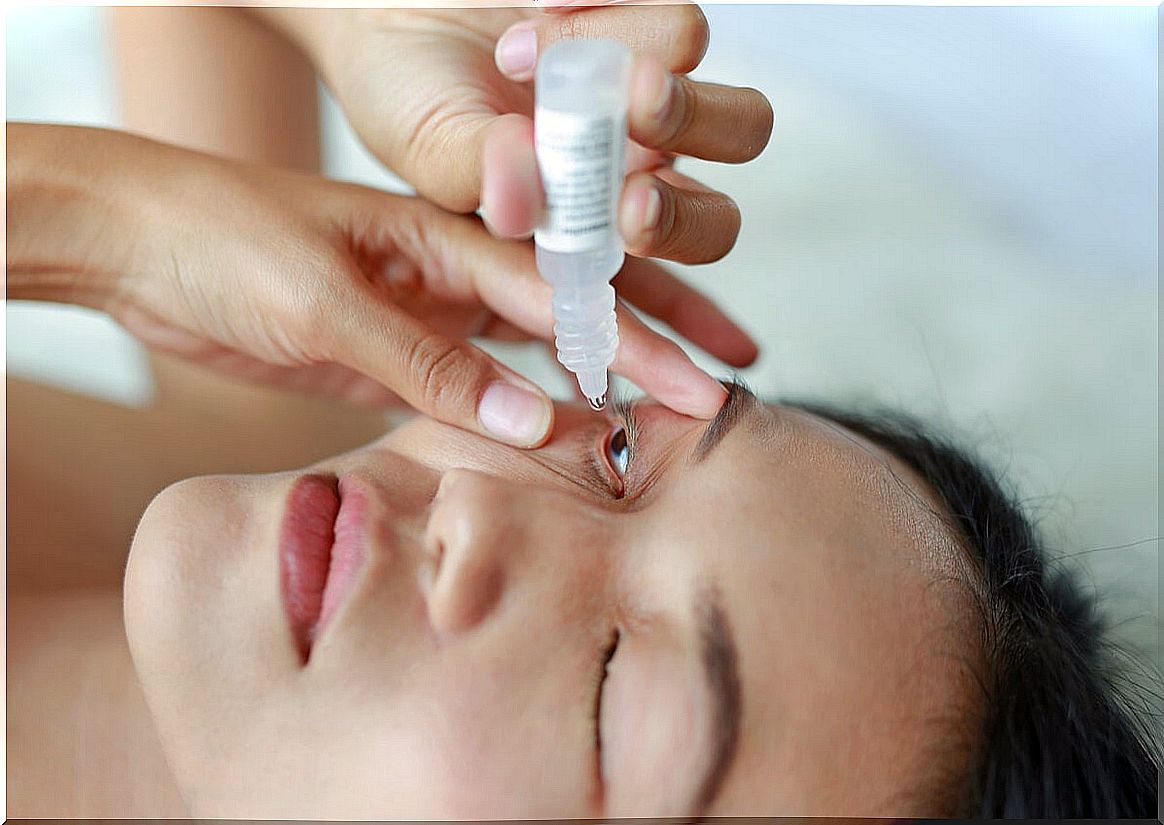
Tips for its prevention
The appearance of this condition cannot always be preventable, especially if you have a predisposition to this type of pathology. However, it is important to apply preventive measures. Among the indications are the following:
- Proper hand hygiene.
- Periodic cleaning of the face.
- Ensure the health of all items in contact with the eyes, such as glasses.
- Follow a diet rich in omega 3 fatty acids.
Similarly, if you suffer from glandular pathologies of the eyeball, it is important to stay under supervision, management and treatment with a specialist doctor.
Chalazion is common
Eye pathologies are usually a very frequent reason for consultation in ophthalmology, so it is important not to underestimate the appearance of tumors or lumps on the eyelid. Chalazions may be indicative of some systemic process or complication of another disorder.
The specialist is the only one trained to identify, differentiate and adequately treat eye conditions and their repercussions. For this reason, it is advisable to go to it as soon as possible before any symptoms.
